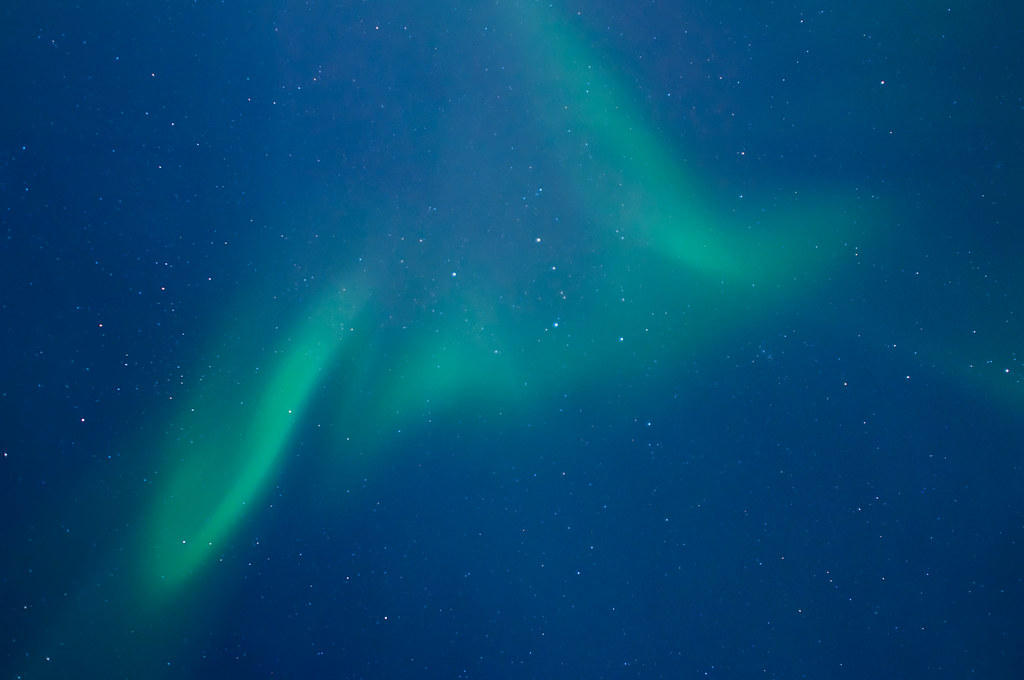
SPACE WEATHER DAYS 2026
9-10 Février 2025
Grenoble, France
More
Closing date for registration : January 15th, 2026
Monday 9 February (08:30-18:00): devoted to the acquisition and exploitation of space data for space weather applications in the context of developments with the European Space Agency. Three sessions are planned:
- Space weather missions in L4 and L5,
- Pre-operational data and modelling services developed by the OFRAME community,
- Smallsat, constellations, hosted payloads and piggyback missions for monitoring the space environment.
Tuesday 10 February (08:30-18:00): devoted to the acquisition and exploitation of data from French ground-based facilities for space weather applications. Two sessions are planned:
- Exploitation of ground data for ME,
- Development of ground instrumentation.

SPACE WEATHER WEEK 2025
In 2025, the European Space Weather Week will take place in Umeå, Sweden from October 27 to 31. The ESWW is the main annual event in the European Space Weather and Space Climate calendar.
It is an international meeting organised annually within the European Region in collaboration with prominent members of the European space weather and Space Climate community.
More
ESWW2025 will again adopt the central aim of bringing together the diverse groups in Europe working on different aspects of Space Weather and Space Climate: such as scientists, engineers, satellite operators, power grid technicians, communication and navigation specialists, people working in aviation, space weather service providers, STEM* practitioners. The ESWW is highly interdisciplinary by nature and actively promotes investigation of new technologies and approaches e.g. machine learning in a space weather context.
ESWW also welcomes space weather end users. End users constitute any group/organisation making use of space weather data and services. Fields include but are not limited to spacecraft operation, spacecraft design, space and ground based telecoms and navigation services, power distribution, pipeline operation, aviation safety, railway operators, insurance companies, civil contingency planning, and scientists.
ESWW is an excellent place to meet people, to exchange knowledge and ideas, to discuss the latest on solar activity, how space weather influences the earth environment on the short and on the long term and our technologies, and how to deal with space weather.

SWING
L’Agence spatiale européenne a signé avec Hemeria un contrat d'une valeur de 9,8 millions d'euros pour la conception, la construction et l'exploitation de Swing, la première mission de nanosatellite de météorologie spatiale de l’ESA.
Swing vise à démontrer la capacité des nanosatellites à recueillir des données de météorologie spatiale et à accompagner la dynamique de commercialisation dans l'ère du nouvel espace.
More
Le 20 novembre 2024, l'Agence spatiale européenne a signé avec Hemeria (France) un contrat pour développer la première mission de nanosatellite de météorologie spatiale de l'Agence : Swing (Space Weather Ionosphere Nanosat Generation). Le satellite observera l'ionosphère, une couche de l'atmosphère qui influe sur les services de communication et de navigation, et fournira des données pour des applications opérationnelles de météorologie spatiale.
« Hemeria est ravi d'accompagner la première mission de météorologie spatiale de l'Agence spatiale européenne. Je suis également heureux de constater que notre évolution vers les services de données soit ainsi saluée, en cohérence avec l’émergence rapide de notre division “Intelligence et Data”, qui fournira donc les données spatiales à l’ESA », déclare Nicolas Multan, PDG d'Hemeria.
Swing adoptera une orbite héliosynchrone (SSO), un type particulier d'orbite polaire qui permet au satellite de toujours visiter un même endroit à la même heure locale. À une altitude comprise entre 500 et 600 km, le nanosat effectuera des mesures in situ de l'ionosphère et suivra son évolution dans le temps.
